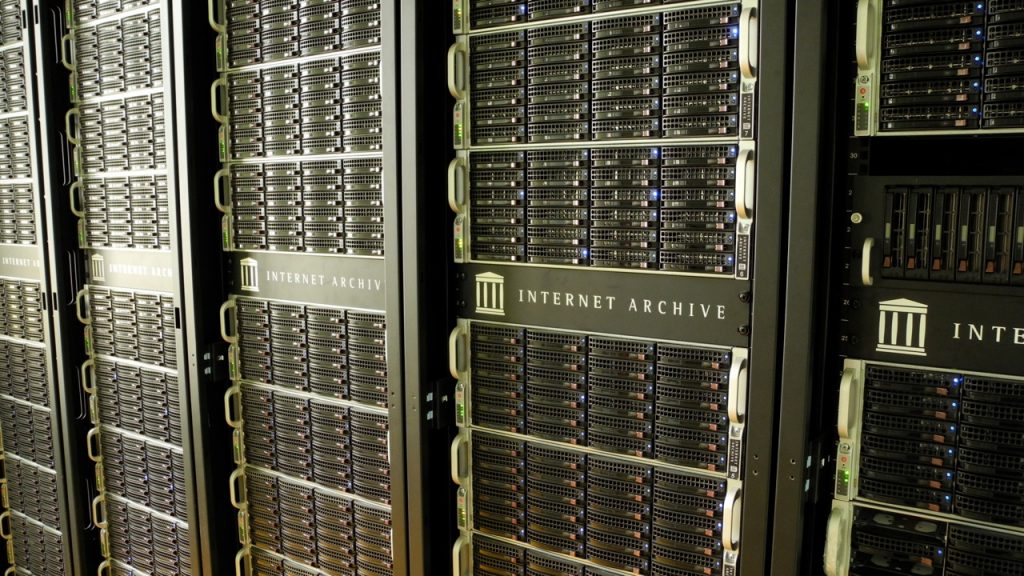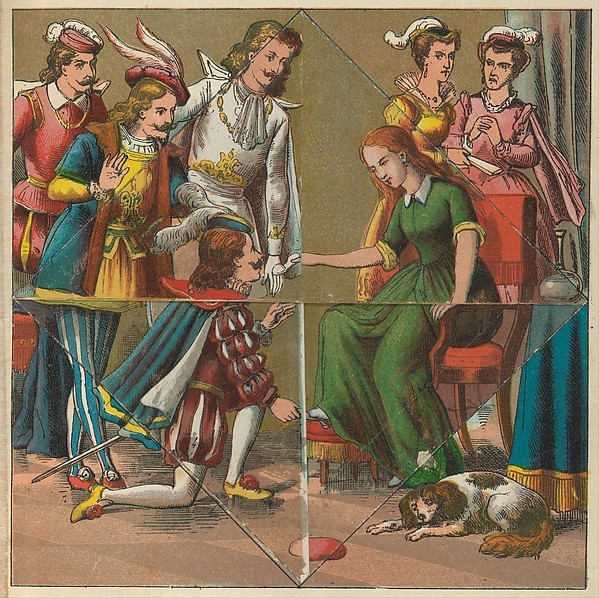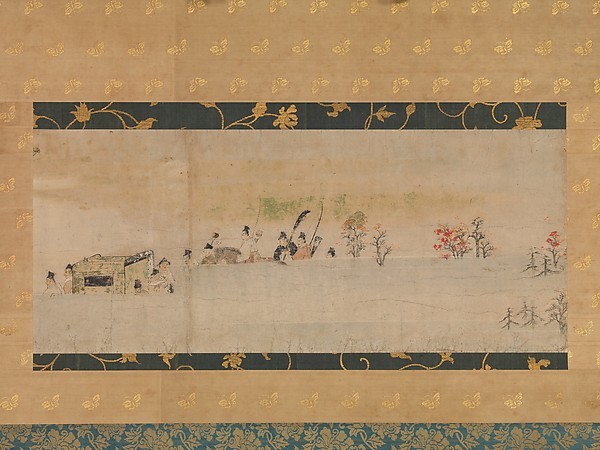It doesn’t matter if you’re a student, a scholar, or just someone with a blog: we all run into issues finding images that you’re allowed to use on your website, in your research, or in an advertisement. While copyright laws have avenues for use, it’s not guaranteed that you can use the image you want, and the process of getting access to that image may be slow. That’s why looking at images with a Creative Commons license are a great alternative to traditional copyrighted images.
A Creative Commons license is a more flexible option than copyright and can be used on images, or basically any other kind of shareable work. When a creator chooses a Creative Commons license, people do not need to ask for their explicit permission to use their work. However, that doesn’t mean that the creator gives up control of the image; rather, they choose one of six current options for their Creative Commons license:
- Attribution: The most lenient license. The attribution license lets others do what they please with your work, so long as they credit the original creator.
- Attribution-ShareAlike: Similar to the attribution license, though all derivatives of the original work must be licensed under identical terms to that original.
- Attribution-NoDerivs: This allows others to use the work as they please, so long as they do not change or manipulate it, and credit the creator.
- Attribution-NonCommercial: This license allows people to use and tweak the work freely, except for commercial enterprises. The derivative works do not have to be licensed under identical terms.
- Attribution-NonCommercial-ShareAlike: Same as above except derivative works must be licensed under identical terms.
- Attribution-NonCommercial-NoDerivs: The most restrictive license. Others may download the work, but they cannot change them or use them commercially.
All-in-all, most Creative Commons works have “some rights reserved.” As a consumer, you have the responsibility to look up license of any Creative Commons work you hope to use (which isn’t very hard – most of the time any limitations are listed).
Here are some examples of images with differing Creative Commons licenses:

The only stipulation on this image is that I must provide proper attribution. “Albert Cavalier King Charles Spaniel” was taken by Glen Bowman on July 21, 2013 and is hosted on flickr.com.
This image of a Cavalier King Charles Spaniel only requires creator attribution. It can be used commercially so long as I acknowledge Glen Bowman, the photo’s creator. So if I so chose, I could hypothetically edit this photo to use as a welcome banner on my Cavalier King Charles Spaniel appreciation blog, include it in a PowerPoint I use for my veterinary school class, or copy it in an advertisement for my dog-walking business.

This Creative Commons licensed image requires proper attribution. “Cavalier King Charles Spaniel” was taken by James Watson (kingjimmy81) on August 17, 2013, and is hosted on Flickr.com.
This image of a Cavalier King Charles Spaniel has a more restrictive license than the above image. You can share the image in any medium or format, but you must give appropriate credit to James Watson, the creator. You cannot use it commercially, and you cannot distribute derivatives of the photo. So I could include this on my Cavalier King Charles appreciation blog with proper attribution, but could not edit it to make it into a banner on the homepage. And while using it in my veterinary school PowerPoint is still okay, I could not use it in an advertisement for my dog-walking business.
If you’re interested in finding Creative Commons works, you can use the Creative Commons Search function, which links up to various search engines, including Google, Google Images, Wikimedia Commons, and Flickr. If you’re interested in learning more about intellectual property in general, visit the Main Library’s Intellectual Property LibGuide, or get in touch with the library’s copyright specialist, Sara Benson (srbenson@illinois.edu).







